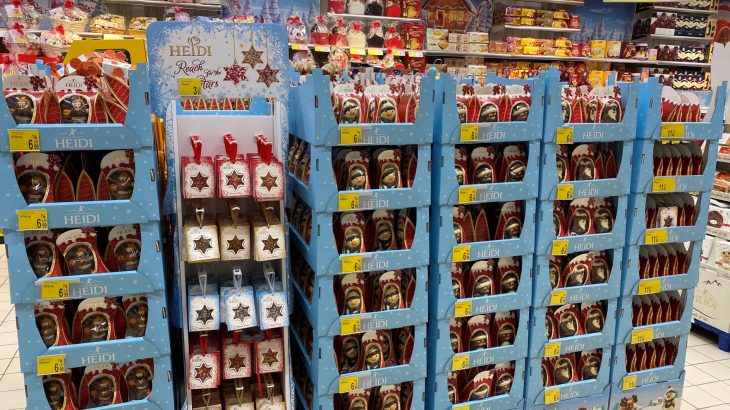A successful merchandising program can be identified as a result of analyzing a number of key elements. These performance indicators are linked to increased sales. The merchandising department can use other methods to determine whether the implemented program has been successful and how it can be modified in the future to guarantee better results.
Key indicators of the merchandising program
Measuring indicators is very important by the simple fact that this will give the customer clear data on the success of the merchandising campaign. The results of the programs should be measured.
Constantly ease the upcoming implementation of clear measures necessary to achieve a certain level of income or to understand the evolution of consumer behavior in stores.
The analyzed indicators of a merchandising campaign may be:
- The frequency to restore the stock
- Sales
- The ratio between the costs of promotional techniques used and sales;
- Losses, cancellations and/or returns;
- Extra stock;
- General profit.
- LFV (life-time value) the value of each customer for the company, calculated through the prism of potential future purchases
These indices can give you an overview of the evolution of the company's performance but also create an important baseline for the future.
What should we follow in a merchandising programme?
Some of the follow-up indicators are strictly related to monetization and short-term benefits, such as profit, while others are useful for studying consumer behavior on the shelf, understanding the market, the impact of different campaigns and promotional techniques on the final consumer and creating a profitable long-term strategy.
These customer market-specific KPI's proves that efficiency of the sales team is difficult to measure, but they are an important part of any merchandising analysis because they can influence how the brand is perceived by the target audience. An example of an extremely important specific indicator is "Customer lifetime value" and represents the value of a consumer during the entire period of the company's customer, calculated as an estimate of possible future purchases made by him from the same manufacturer.
The correct interpretation of the performance indicators of a merchandising program as well as the use of an appropriate strategy to correct any gaps represents two important tasks of the merchandising department.
The FMCG Merchandising team can provide you with the appropriate solutions for your business in the form of a personalized program, provided with its related reports, in order to determine the success of the techniques used.
